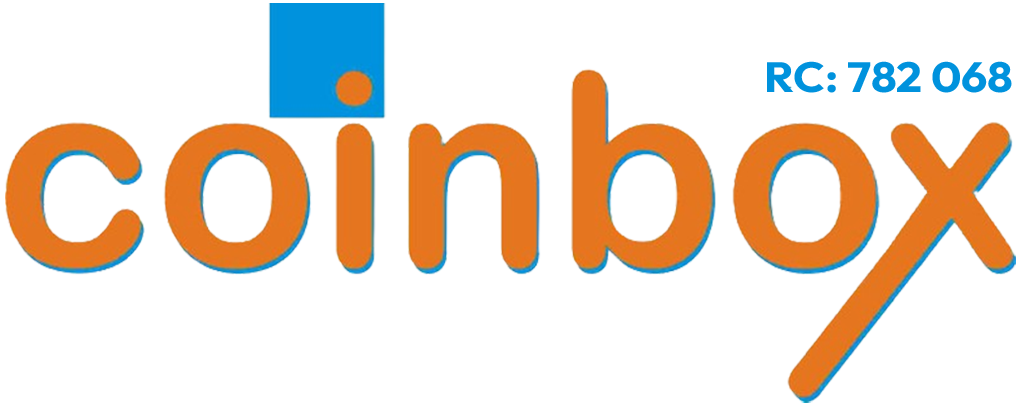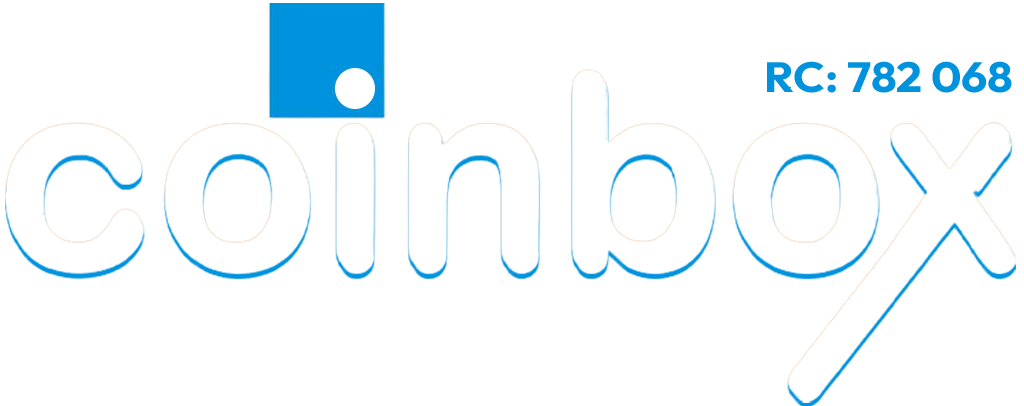“In business, the most important reason for everything you do is THE CUSTOMER”
Ayo Emakhiomhe
💡 The Foundational Flaw in Business Design (Who is your customer?)
In the frantic race to launch a new product or scale a growing business, many entrepreneurs fixate on the “what”—What feature should we build? What price should we charge?—and often overlook the essential “who.” A poorly defined or assumed customer segment is the single greatest vulnerability in any business model. When your target is vague, your entire strategy becomes a shot in the dark, leading to wasted resources, irrelevant products, and channels that never reach the right buyer. To build a truly resilient and profitable enterprise, you must first master the art of deeply understanding your customer. The analysis that follows will show you how putting the Customer Segment at the heart of your Business Model Canvas ensures that every subsequent decision is aligned, validated, and geared for market success.
🎯 Defining Your Customer: The Heart of Your Business Model
The customer is not just the person who buys your product; they are the foundation of your entire business model. Without a deep, explicit, and accurate definition of your customer, every other component of your model—from your product design (Value Proposition) to your pricing (Revenue Streams) to your operations (Key Activities)—will be based on faulty assumptions.
Defining your customer is essentially the first, most crucial step in the Business Model Canvas process, which is a strategic tool for developing a business model.
- The Core Definition: Who are you serving?
The Customer Segment element of a business model defines the distinct group(s) of people or organizations an enterprise aims to reach and serve. A company cannot serve everyone; therefore, a conscious decision must be made to focus on specific segments.
Key Questions to Answer:
- For whom are we creating value? (This is the Value Proposition link)
- Who are our most important/profitable customers? (This influences Revenue Streams)
- Whose pain points are we solving? (This drives product/service design)
Segments vs. Individuals
You don’t just define one person; you define a segment—a group of customers who share common needs, behaviors, or attributes that justify creating a distinct offering for them.
- Segmentation: Going Beyond Demographics
To truly understand your customer, you must segment the market into groups based on more than just basic information. Effective segmentation uses four main lenses:
| Segmentation Type | What It Measures | Why It Matters |
| Demographic | Age, gender, income, education, occupation, location. | Provides a foundational snapshot of who they are (e.g., high-income, urban professionals). |
| Geographic | Location, region, urban vs. rural, climate. | Influences distribution channels and product requirements (e.g., heavy winter gear for colder climates). |
| Psychographic | Lifestyle, attitudes, values, interests, personality, aspirations. | Reveals motivations and values, helping you craft emotional connections and brand messaging (e.g., environmentally conscious buyers). |
| Behavioral | Usage rate, brand loyalty, purchase history, benefits sought, willingness to pay. | Explains why and how they buy, crucial for retention and upselling strategies (e.g., loyal customers who value convenience). |
A key modern framework is Jobs-to-be-Done (JTBD), which moves the focus from the customer’s attributes to the functional, social, and emotional job they are trying to hire your product to complete.
- The Impact on Your Business Model
A well-defined customer segment directly informs and validates every other building block of your business model:
- Value Proposition: Is the solution you offer directly addressing the identified pain points (needs/wants) of this specific segment?
- Channels: How will this segment be reached? (e.g., Will tech-savvy Millennials prefer an app, while older customers prefer email or physical stores?)
- Customer Relationships: What type of relationship does this segment expect? (e.g., Highly personalized support, self-service, or automated interactions?)
- Revenue Streams: What value is this segment truly willing to pay for? (e.g., A budget-conscious segment will value low cost; a luxury segment will value exclusivity and experience, allowing for premium pricing).
- Key Activities/Resources: Knowing your customer dictates what skills and assets you need. (If you target the “niche market” of high-end designers, you need world-class design talent and a bespoke manufacturing process.)
By beginning your design process with the customer, you ensure that your business model is customer-centric, greatly increasing your chances of creating a product that resonates with the market and generates sustainable revenue.
Further reading
CLICK HERE for a YouTube video guide
OR copy below link and paste on your browser
https://youtu.be/L1Km-hJt-uI?si=DS7G2lNHRBTKqW3t
🌟 From Assumption to Architectural Certainty
A business model is not a simple plan; it’s a living ecosystem of value creation and delivery. As demonstrated, the Customer Segment is the essential, animating force that gives purpose to every other component, from your Value Proposition to your Revenue Streams. By moving beyond simple demographics and diving into the psychographic and behavioral realities of your target market—understanding their “Jobs-to-be-Done”—you shift your company’s foundation from sandy assumptions to architectural certainty. This rigorous customer definition is the blueprint for a model that not only generates revenue but also fosters deep loyalty and allows for meaningful, profitable growth.
📞 Build Your Strategy on the Right Foundation
Defining your ideal customer is a journey that requires strategic clarity, specialized frameworks, and expert guidance. Are you tired of marketing spend that misses the mark and products that don’t quite fit the market?
Stop guessing and start modeling.
Partner with Coinbox Limited to transform your business strategy. Our management consultancy experts specialize in Business Model Design and Customer-Centric Strategy, helping you identify your most profitable customer segments and align your operations, channels, and revenue structure for maximum impact.
Take the guesswork out of growth.
👉 Ready to Design a Customer-Centric Future?
Contact Coinbox Limited today for a strategic consultation and ensure your business model is built on the right foundation for sustainable success.





